Imagine this: you’re sitting on the couch, your cat curls up against your leg, purrs like a tiny engine, and gives you that slow, deliberate blink. You might think it’s just affection—but have you ever wondered if your cat actually sees you as part of their territory? Cats are mysterious, their behaviors packed with meaning and sometimes, surprising intentions. If you’ve ever been kneaded, headbutted, or “serenaded” at 3 a.m., you’re not alone. Let’s dive into the quirky, heartwarming, and sometimes hilarious ways your cat may claim you as their own.
1. Rubbing Against You: The Scent Exchange Ritual

When your cat rubs their cheek or body against your legs, arms, or even your face, it’s not just asking for attention. Cats have scent glands on their cheeks, forehead, and tails. By rubbing against you, they’re leaving their unique scent on you—a message to other animals that says, “This human is mine.” It’s like their way of tagging you, just as they would a favorite chair. This ritual is a sign of trust but also a territorial marker. If your cat does this often, it’s a clear indication that they’ve added you to their prized possessions.
2. Kneading: “Making Biscuits” on Their Human
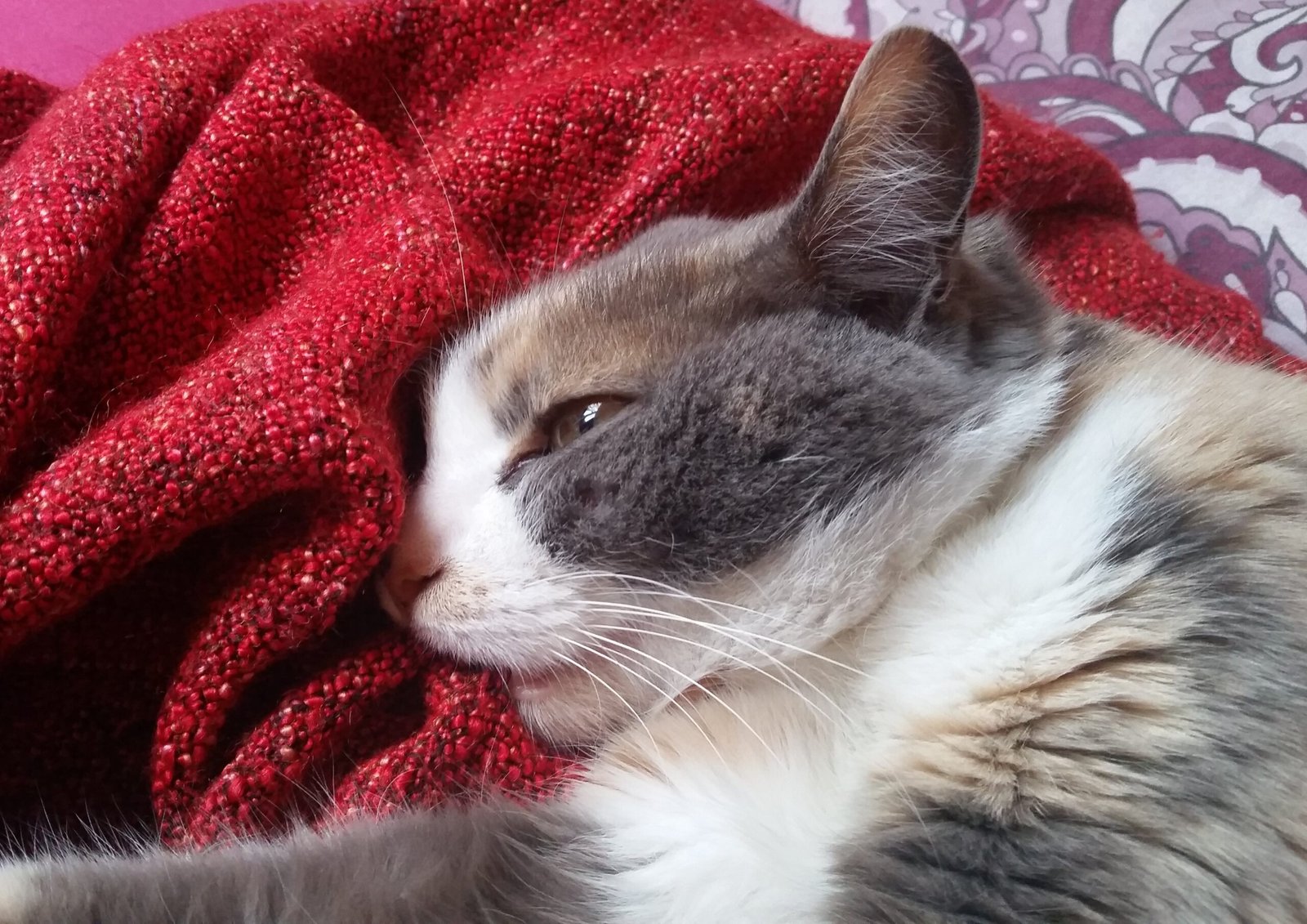
Kneading, where your cat presses its paws into you rhythmically, is both adorable and meaningful. This behavior goes back to kittenhood, when kneading stimulated milk flow from their mother. As adults, cats knead soft surfaces—especially their favorite humans—to show comfort and claim territory. When they knead you, they’re mixing their scent with yours and making you an official part of their space. It’s a sign you’re not just a roommate—you’re home to them.
3. Sleeping on You or Your Stuff

Ever wake up to find your cat draped across your chest or curled up on your clothes? Cats choose to sleep where they feel safe, and by napping on you or your belongings, they’re declaring those spots—and you—as theirs. Your scent mixed with theirs creates a comfort zone only they understand. If your cat consistently seeks you out for naps, it’s a strong sign they see you as a key part of their territory.
4. Headbutting: The Ultimate Cat Compliment

A gentle headbutt from your cat is more than a quirky gesture—it’s called “bunting.” This action transfers pheromones from glands on their head to you. Bunting is reserved for trusted companions, and when your cat bumps their head against you, it’s like stamping you with their seal of approval. This is a powerful sign of ownership and affection. In a cat’s world, you don’t headbutt just anyone!
5. Following You from Room to Room
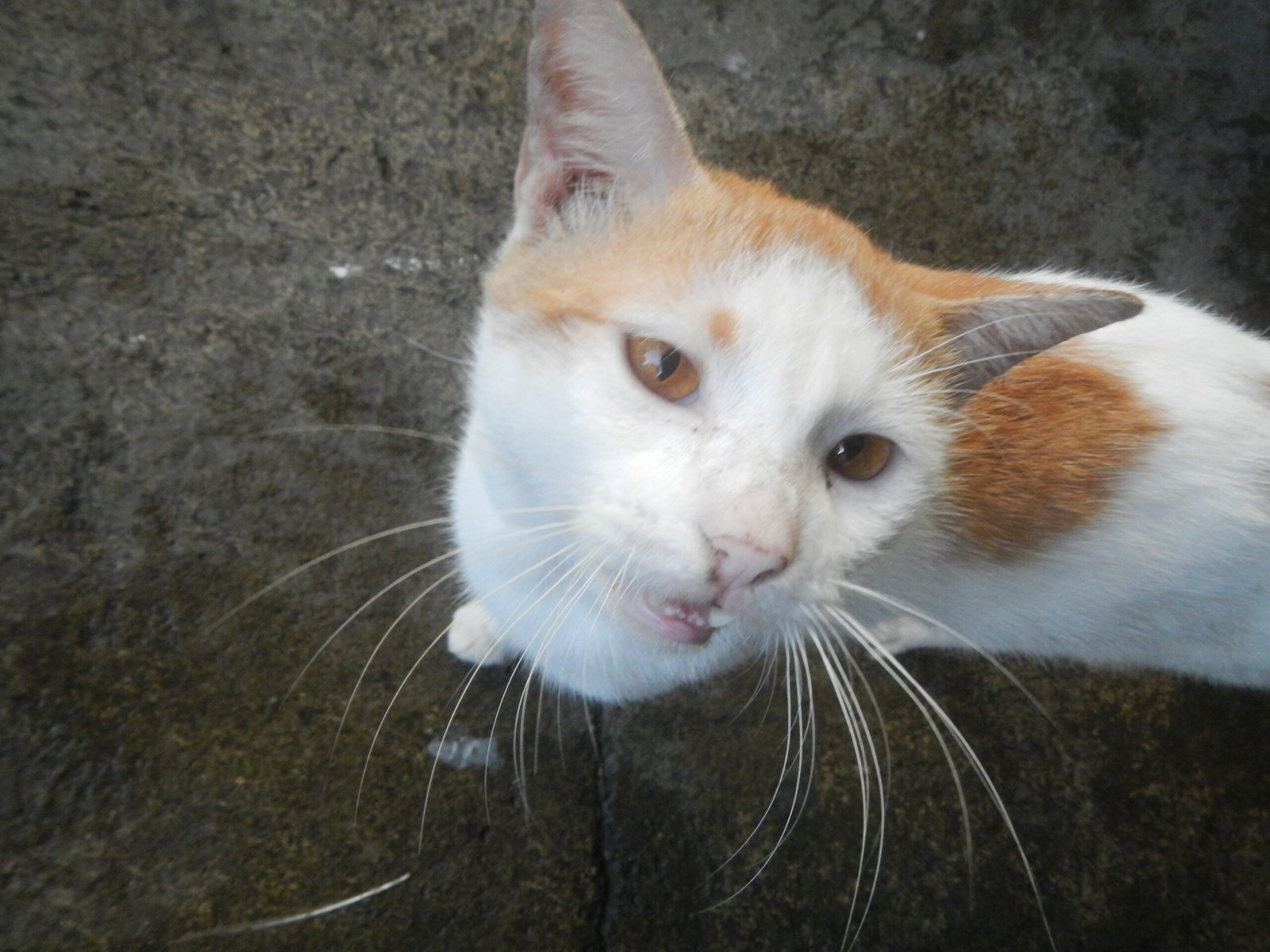
If you feel like you have a fluffy shadow trailing behind you, your cat might be marking their territory by proximity. Cats keep an eye on things that matter to them, and if you’re always in sight, it means you’re important. By following you, your cat is making sure their “territory” (that’s you!) stays safe and within reach. It’s not just clinginess; it’s a territorial instinct.
6. Grooming You: The Social Bonding Sign

When your cat licks your hand, arm, or even your hair, it’s showing deep trust and inclusion. Cats groom each other to reinforce social bonds and blend scents. By grooming you, your cat is saying you’re part of their family and, more importantly, their territory. This act goes beyond affection—it’s a sign you belong in their world.
7. Scratching Furniture Near You

You might groan when you see your cat scratching the couch, but did you know this can be a territorial signal? Cats have scent glands in their paws, and scratching releases their scent onto surfaces. If your cat scratches furniture or carpets near where you sit or sleep, they’re marking that area as part of their domain. It’s not just about sharpening claws—it’s a statement: “This space—and the person in it—belongs to me.”
8. Bringing You “Gifts” (Even the Gross Ones)

That dead mouse or bug on your pillow isn’t just a weird present—it’s a territorial gesture. Cats are natural hunters, and by bringing you their catch, they’re not only sharing food but also reinforcing the idea that you’re within their protected space. In their mind, you’re part of the pride, worthy of both their efforts and their territory.
9. Meowing or Chirping Just for You
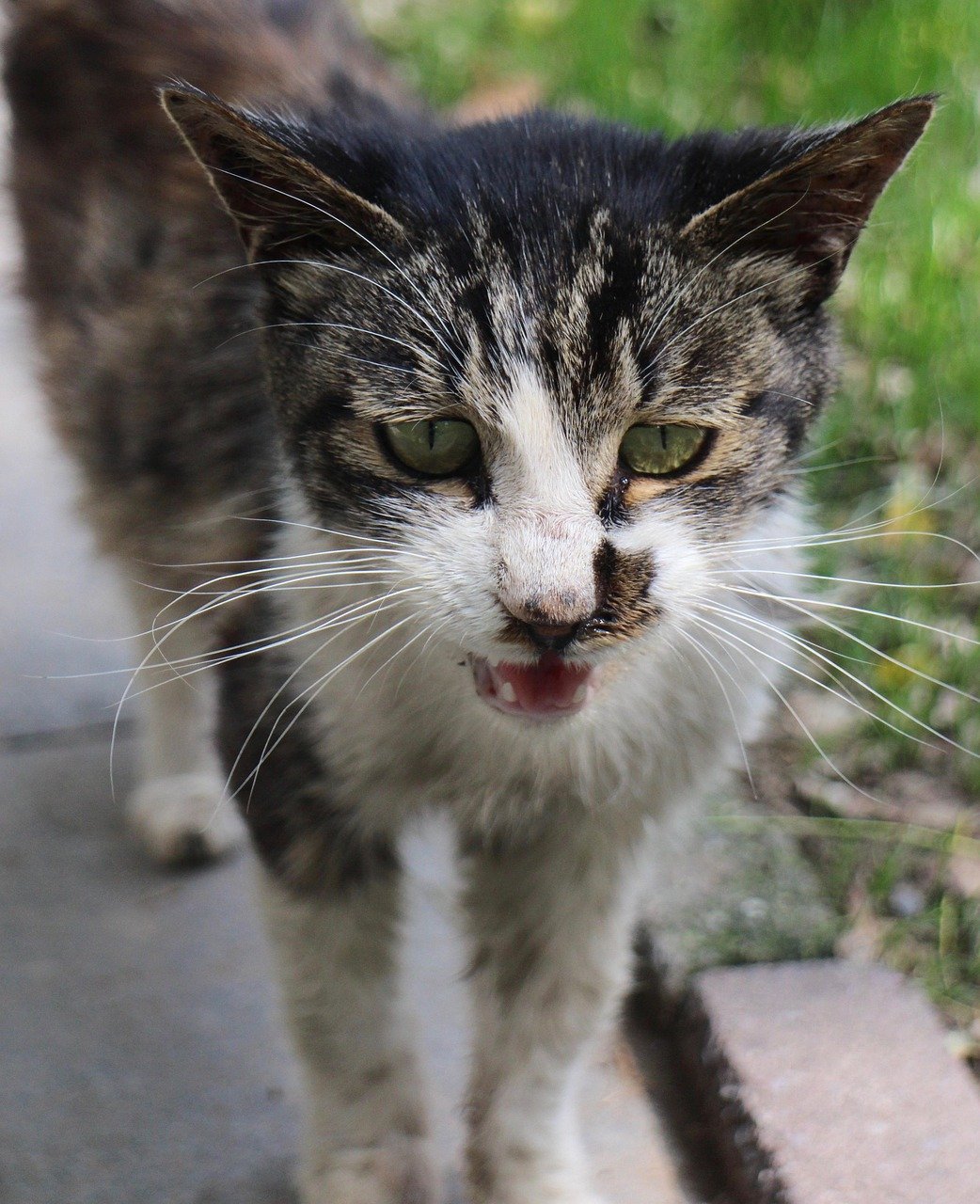
Cats have a special language reserved for their humans. While adult cats rarely meow at each other, they vocalize to communicate with us. If your cat chirps, trills, or meows when you enter the room, they’re not just saying hello—they’re checking in on their territory. This vocalization is a way to claim you as part of their daily routine and space.
10. Sitting in Your Lap (Even When It’s Inconvenient)
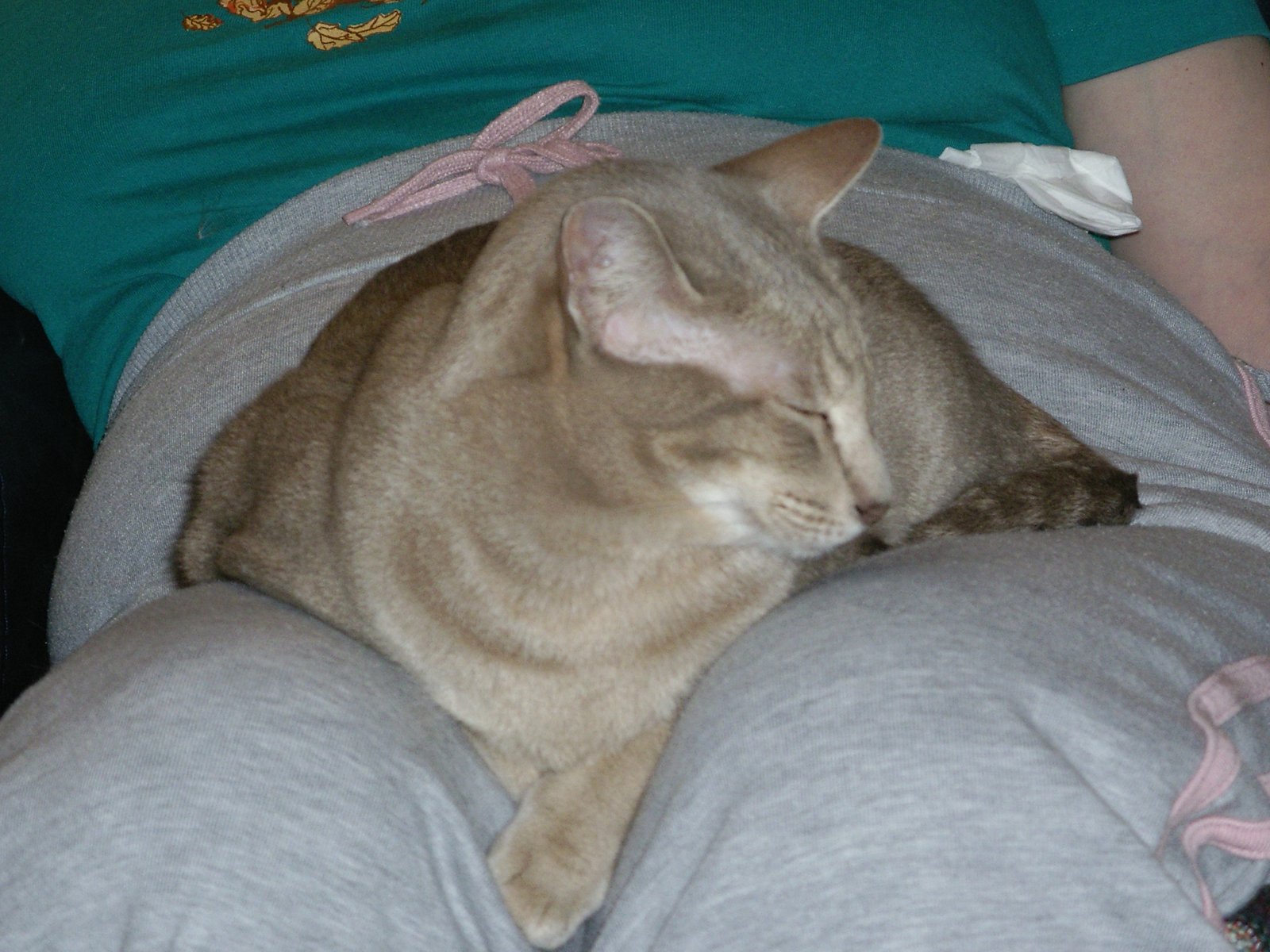
You’re working, reading, or just trying to relax—and suddenly, your cat plops down in your lap. This isn’t just a plea for warmth or comfort. By choosing your lap over any other spot, your cat is reinforcing that you are theirs. They want everyone—including you—to know that you’re not just any human; you’re their territory, their safe haven.
11. Tail Quivering: A Secret Marking Signal
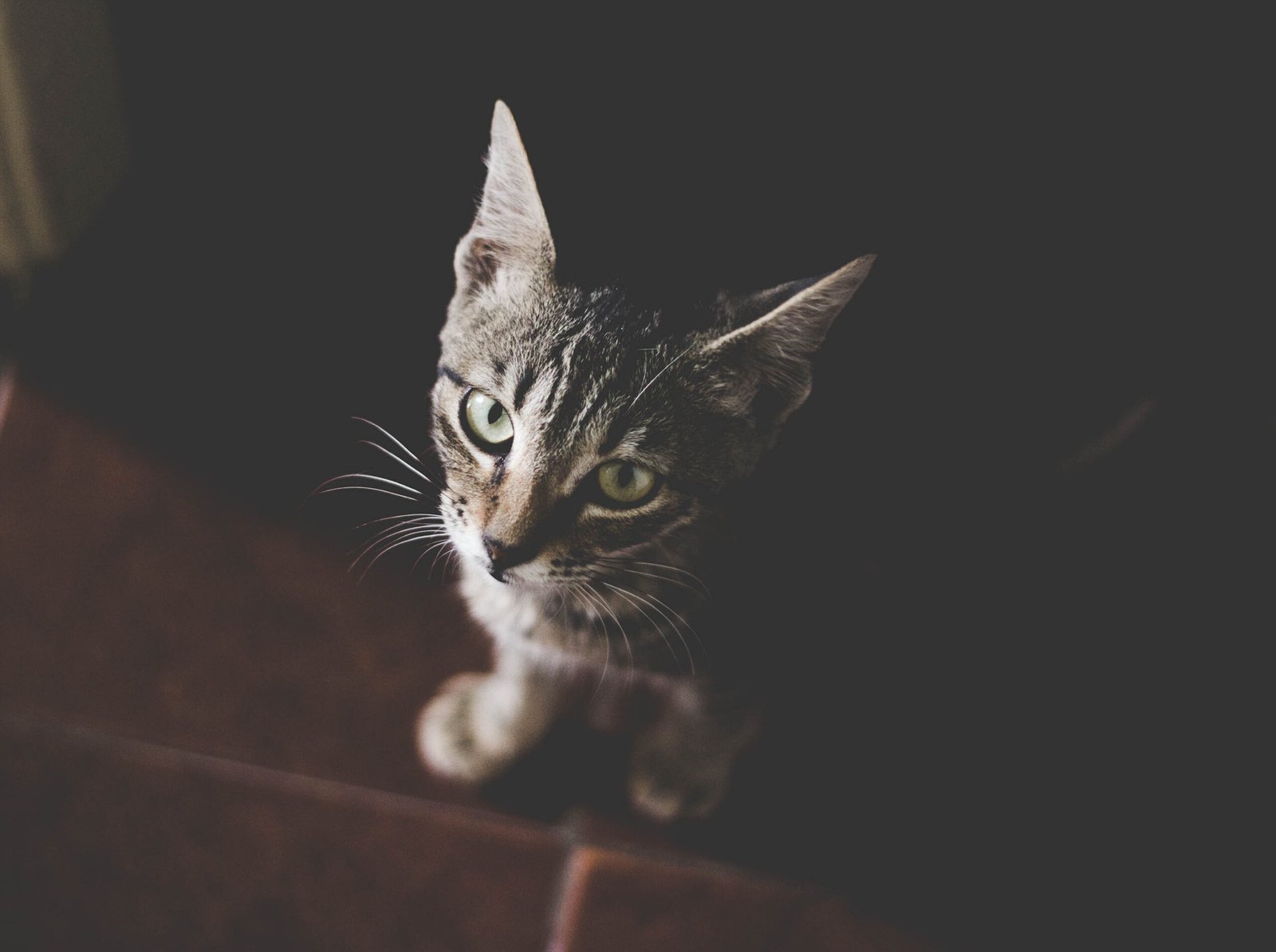
Ever notice your cat’s tail quivering when they greet you? This is a subtle form of marking, often seen when cats back up to vertical surfaces. A quivering tail can indicate excitement, but it’s also a sign your cat is considering you as part of their marked territory. It’s a silent but powerful message: “You’re mine.”
12. Blocking Your Path (and Demanding Attention)
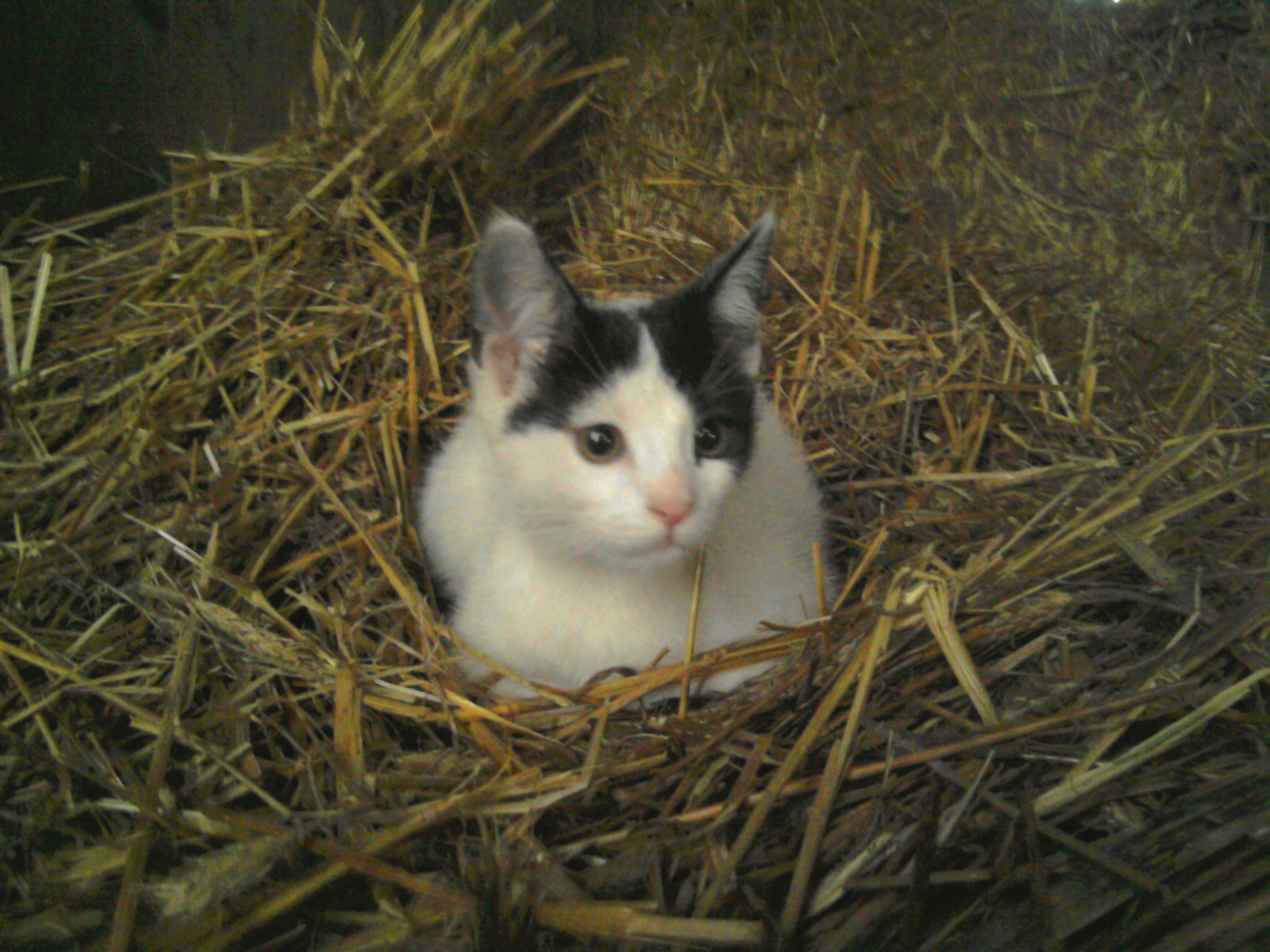
Cats love to insert themselves between you and your destination, whether you’re heading to the bathroom or just trying to walk across the room. This behavior isn’t random—by getting in your way, your cat is making sure you acknowledge their presence and, by extension, your role in their territory. It’s their way of saying, “Don’t forget who’s boss around here.”
13. Watching Over You (Even While You Sleep)
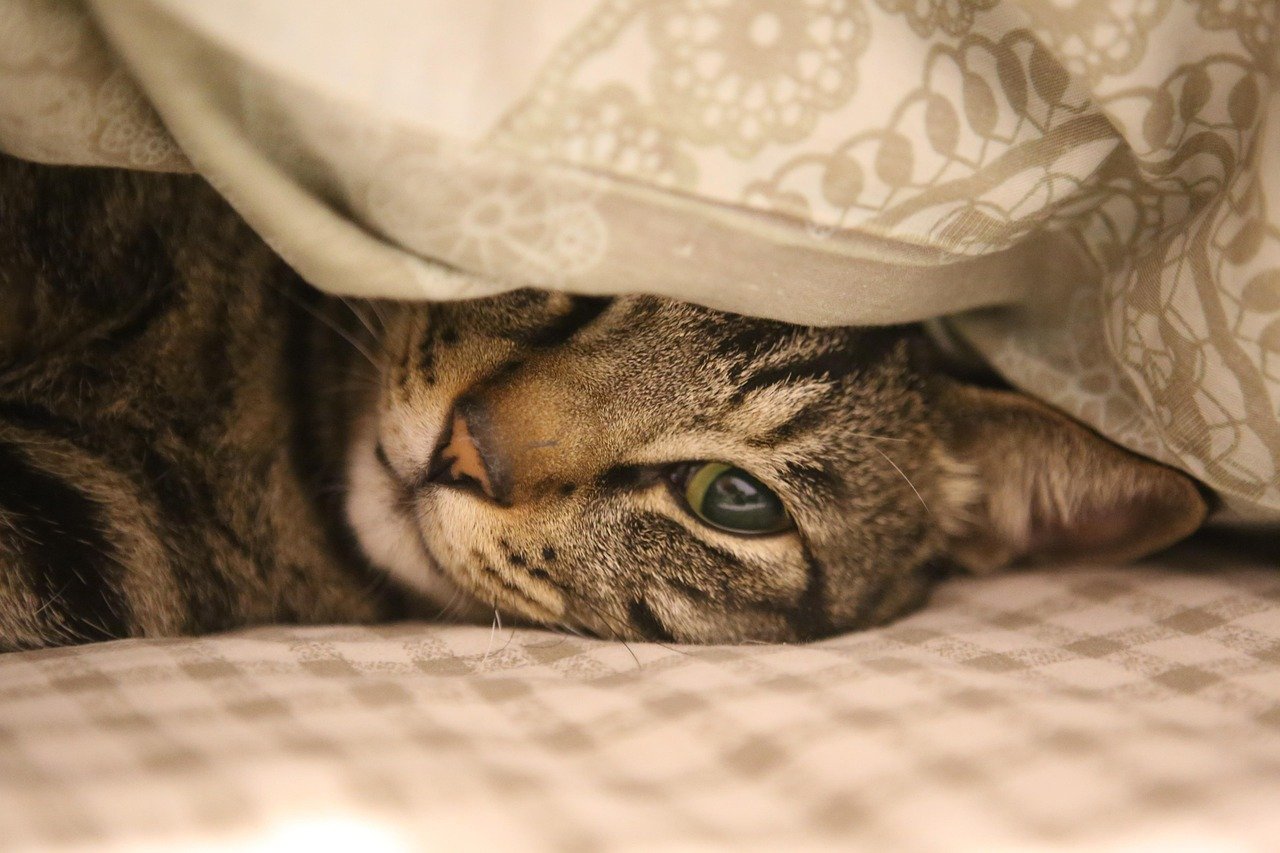
If you’ve ever woken up to find your cat staring at you from the edge of the bed, you might feel a little creeped out—but it’s actually a sign of love. Cats are vigilant protectors of their territory, and by watching over you, they’re ensuring you—and their prized human—are safe. This silent guardianship is one more way they claim you as part of their domain.
14. Lying Across Doorways or Entrances
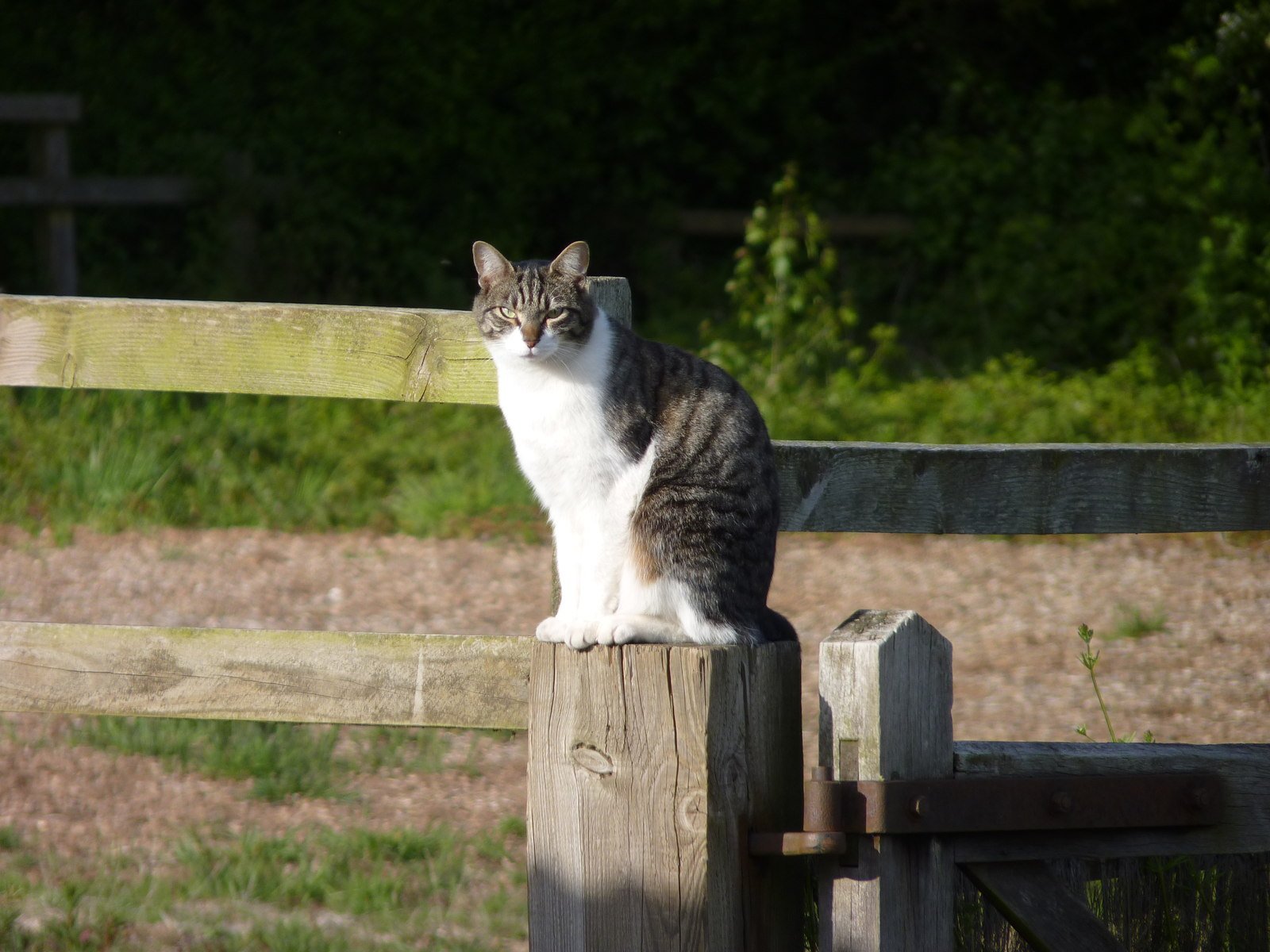
Cats often sprawl across doorways, hallways, or even the threshold to your bedroom. This isn’t just about finding a comfy spot. By placing themselves in strategic locations, cats are “guarding” the boundaries of their territory. If they often lie where you pass by, it’s their way of keeping an eye on you and marking you as part of their protected space.
15. Rubbing Against Objects You Use
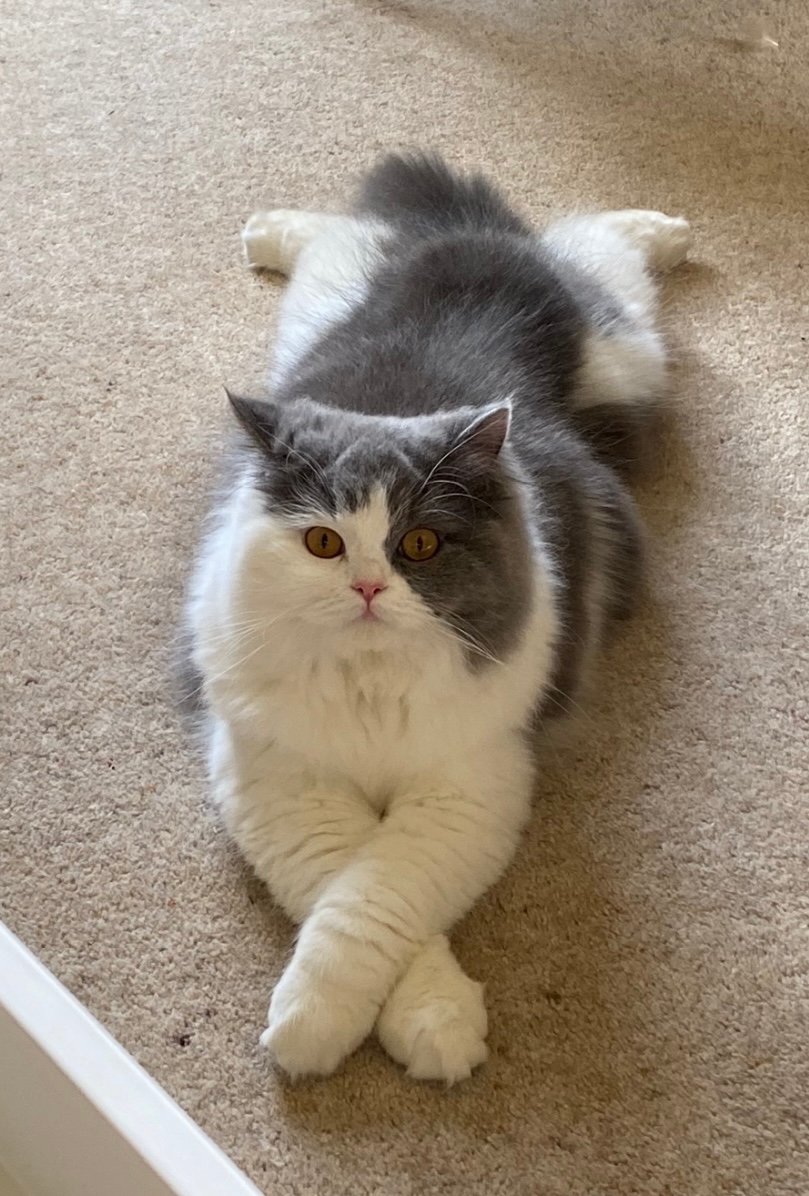
Have you noticed your cat rubbing against your phone, laptop, or favorite chair? They’re not just interested in your stuff. By transferring their scent to objects you frequently touch, cats are mixing your scent with theirs. This blending of smells makes you, and your belongings, part of their territory, ensuring that everything important to them smells just right.
16. Reacting to Strangers in “Their” Space
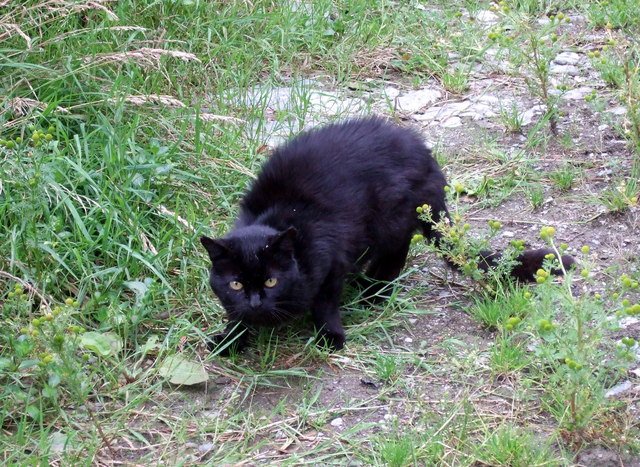
If your cat becomes defensive or aloof when guests visit, it’s a territorial response. Cats are quick to notice unfamiliar scents and people in their environment. If your cat hovers around you, blocks access to your lap, or acts possessive when someone new arrives, it’s a clear sign they see you as their territory, and they’re not about to share easily.
17. Marking You with “Invisible” Scent
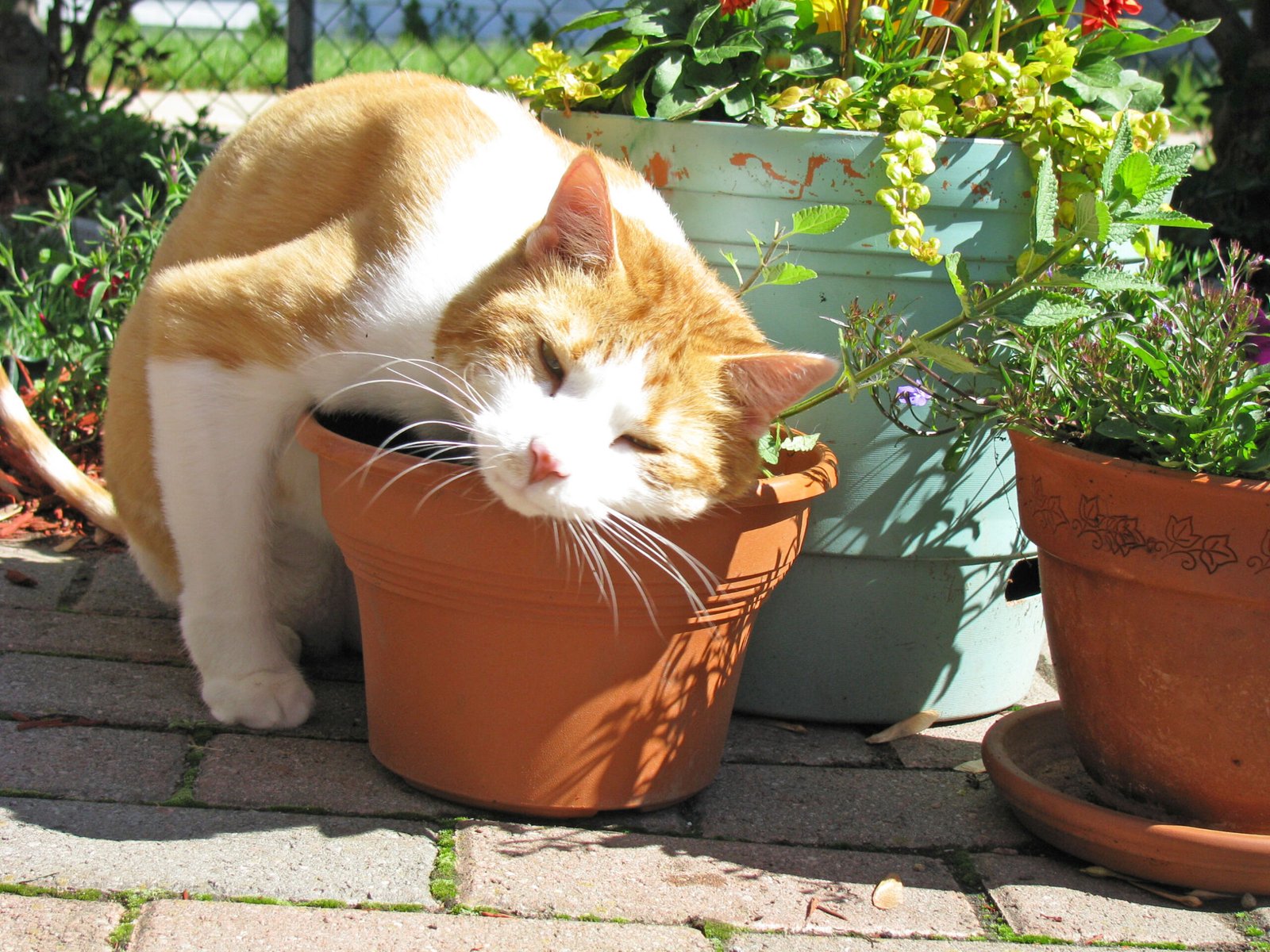
Even if you can’t smell it, your cat’s scent is everywhere—especially on you. When your cat brushes against you, sits on you, or even grooms you, they’re continually updating your scent profile to match theirs. This “invisible” marking is a constant reminder to other animals (and sometimes, to you) that you are claimed.
18. Displaying Jealousy with Other Pets
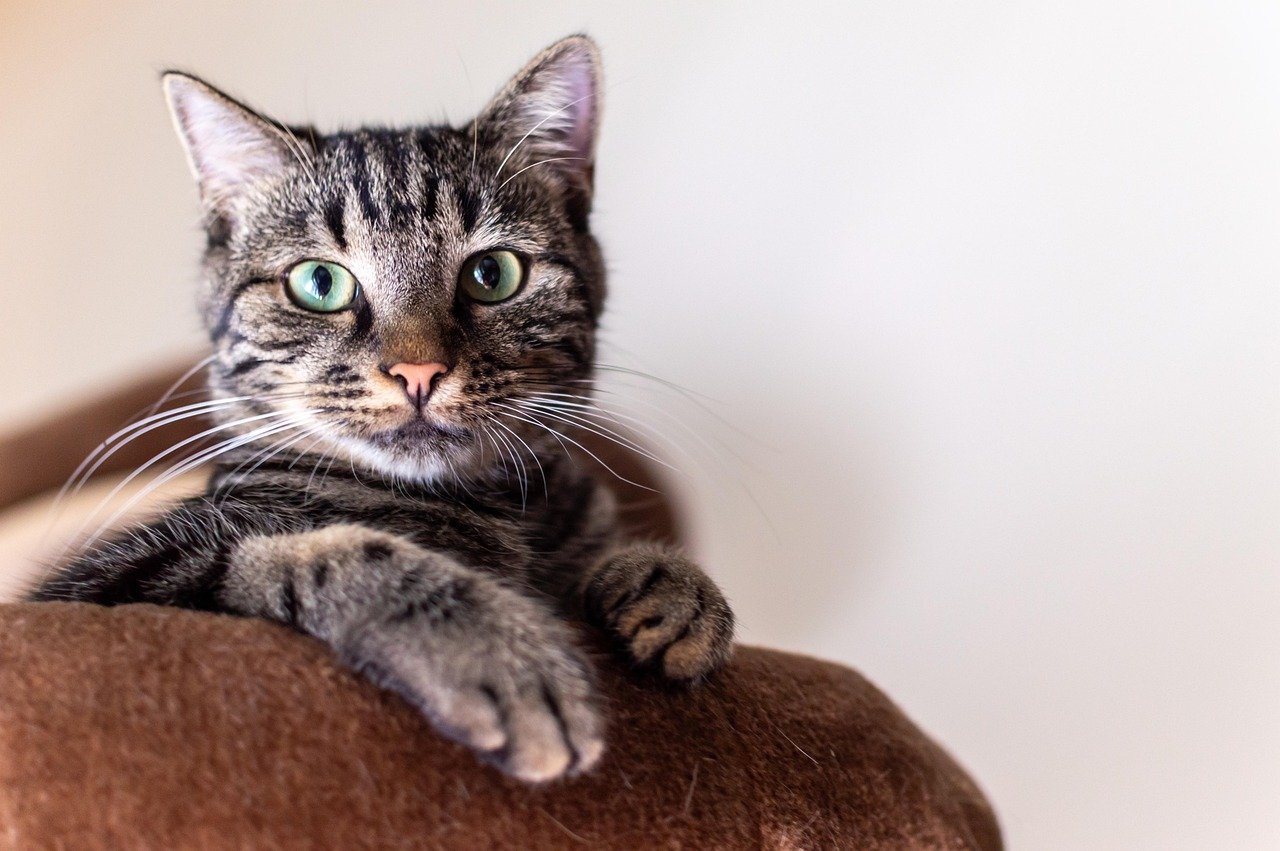
Ever noticed your cat getting between you and another pet? Maybe they suddenly demand attention or try to push the other animal away. This behavior is rooted in territorial instincts. By asserting themselves when you interact with other pets, your cat is making it clear: you’re part of their territory, and they don’t intend to share you easily.
19. Scent Marking with Their Face
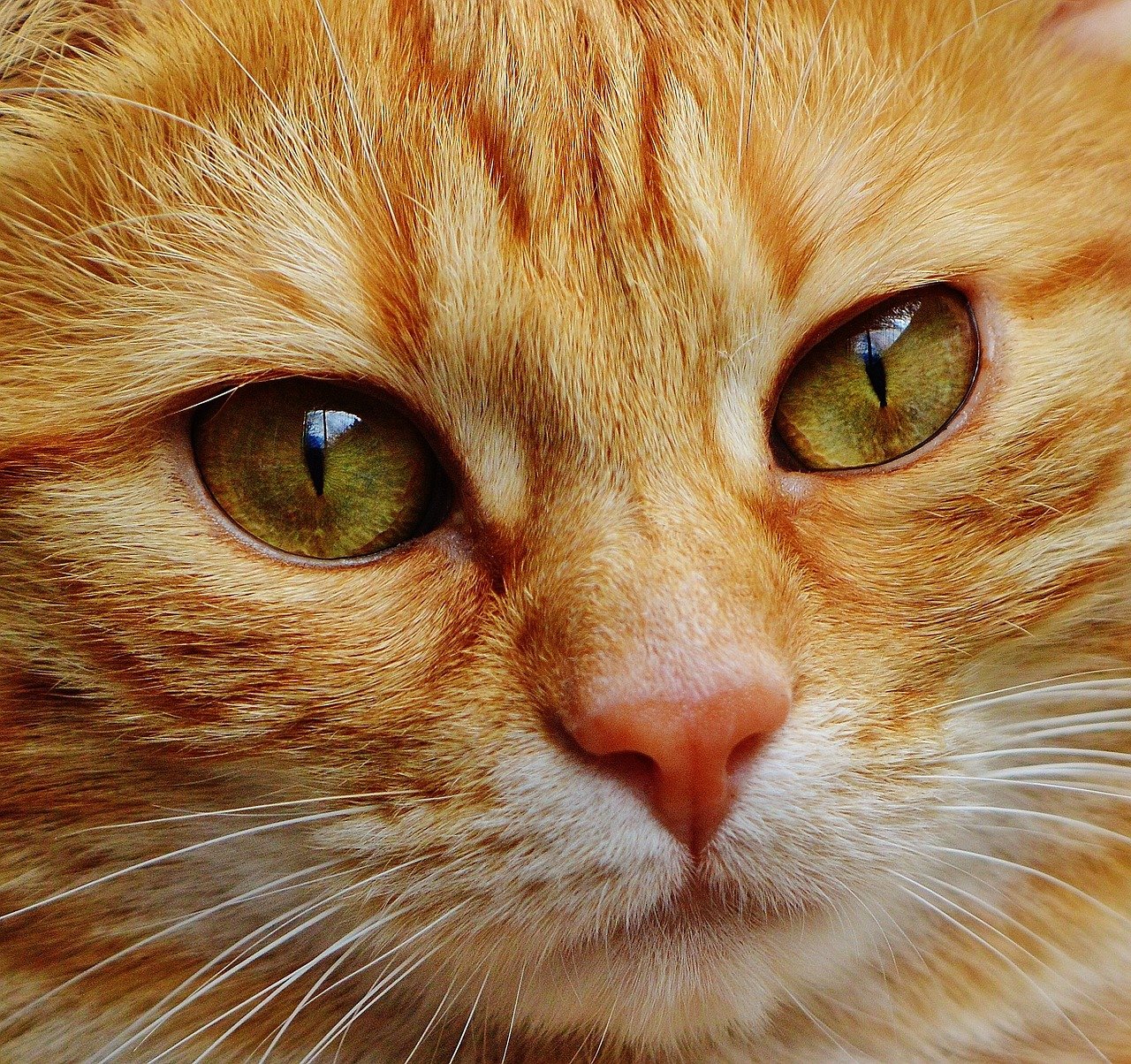
Cats will sometimes press their faces against yours, your hands, or even your feet. This isn’t just a cute gesture—it’s a way of using pheromones from glands in their face to mark you. This facial marking is a sophisticated way to ensure their scent is always on you, reinforcing your status as prized territory.
20. Returning to You After Exploring
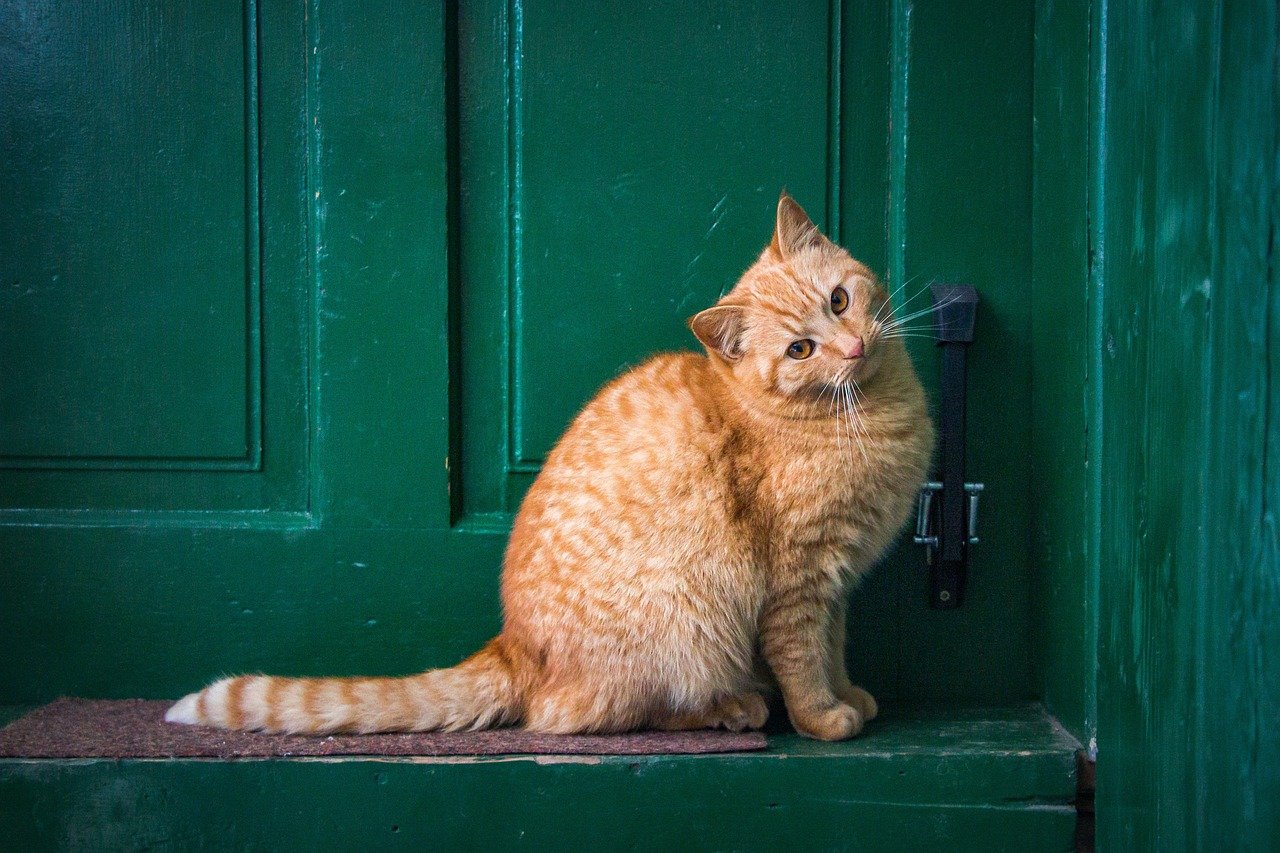
After a big adventure around the house or even the backyard, your cat often returns to check in. This homing behavior is a strong signal of territorial attachment. By making a beeline for you after exploring, your cat is reaffirming your place as their safe spot and the central part of their territory.
Cats might be mysterious, but their secret signs of claiming you as their own are everywhere. Each quirky habit, from the gentle headbutt to the protective stare, is a little reminder: in your cat’s world, you’re not just a friend—you’re home.
Hi, I’m Bola, a passionate writer and creative strategist with a knack for crafting compelling content that educates, inspires, and connects. Over the years, I’ve honed my skills across various writing fields, including content creation, copywriting, online course development, and video scriptwriting.
When I’m not at my desk, you’ll find me exploring new ideas, reading books, or brainstorming creative ways to solve challenges. I believe that words have the power to transform, and I’m here to help you leverage that power for success.
Thanks for stopping by, Keep coming to this website to checkout new articles form me. You’d always love it!






